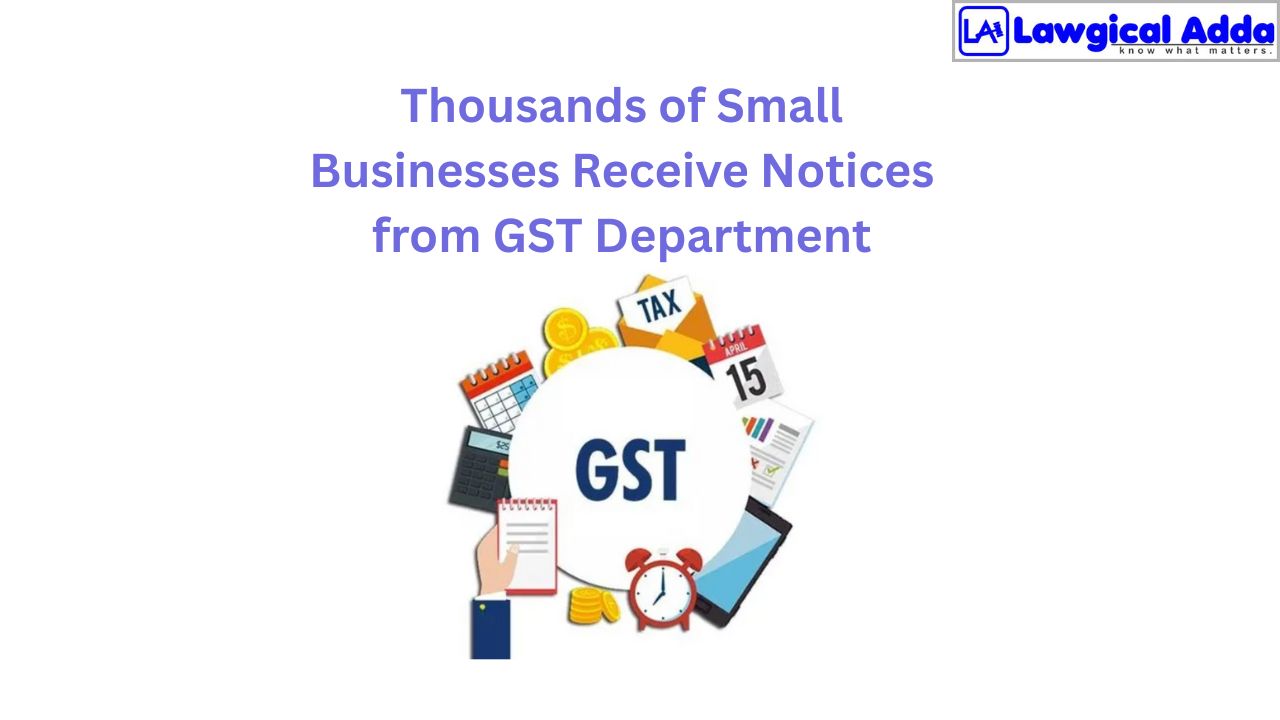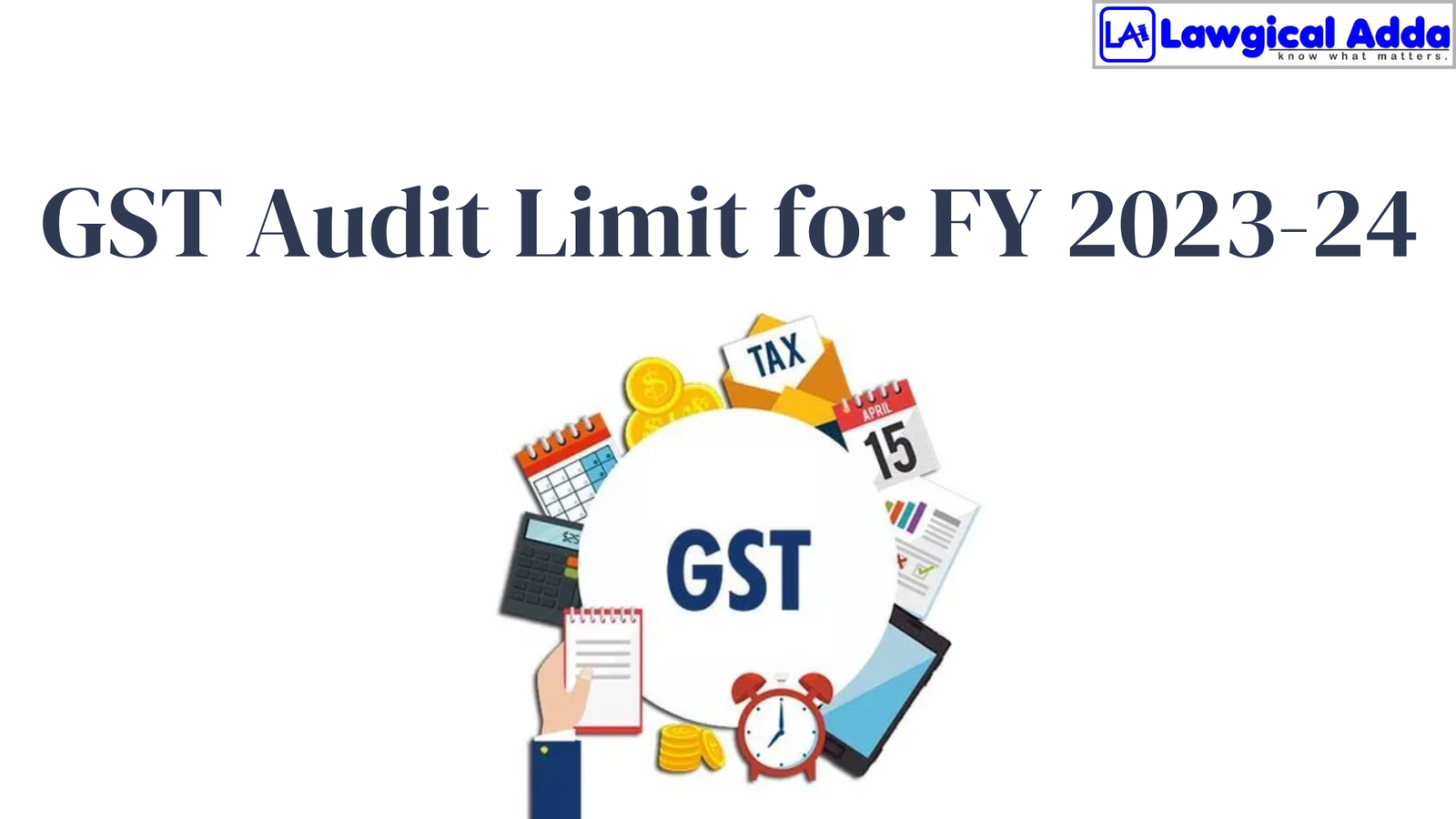ITAT clarifies on Final Registration During Provisional Period under Section 12A Income Tax Act

Table of Contents
Introduction
The Income Tax Appellate Tribunal (ITAT) recently issued a ruling in the case of Mallarpur Naisuva vs. Commissioner of Income-tax (Exemptions). This case centered on the eligibility of a trust to apply for final registration under Section 12A of the Income Tax Act, 1961. The key question involved in the case was whether a trust could apply for final registration before the expiry of its provisional registration granted under Section 12AB.
Background of Facts and Section 12A of Income Tax Act
Mallarpur Naisuva, a charitable trust in India, sought permanent tax-exempt status under the Income Tax Act, 1961. The Act grants tax benefits to such trusts but requires them to register with the tax authorities.
The Trust had already received provisional registration under Section 12AB, allowing them temporary tax benefits until Assessment Year (AY) 2026-27. However, to secure long-term tax exemption and financial standing, the trust desired final registration under Section 12A(1)(ac)(iii).
Section 12A: This section specifies the eligibility criteria and application process to seek provisional registration. Section 12A(1)(ac)(iii) lays out the specific timeframe for submitting applications to final registeration. However, it does establish a deadline to ensure timely applications. This deadline requires the application to be submitted at the “earliest possible event,” which is either within six months of starting activities or at least six months before the provisional registration expires, whichever comes first.
Legal Issue: Eligibility of Final Registration During Provisional Period
The IT Commissioner (Exemptions) (CIT(E)) rejected the trust’s application solely because it was submitted before the expiry of the provisional registration. The CIT(E) interpreted Section 12A(1)(ac)(iii) of the Act as setting a specific timeframe for applying for final registration. They believed the trust could only apply within six months of commencing its activities or at least six months before the provisional registration expired, whichever came first.
This interpretation by the CIT(E) posed a significant challenge for Mallarpur Naisuva and potentially other trusts in similar situations. The trust, aiming to be proactive and secure permanent tax exemption as soon as possible, felt it shouldn’t be penalized for applying early.
The key question was whether a trust could apply for final registration under Section 12A(1)(ac)(iii) before the expiry of its provisional one granted under Section 12AB.
ITAT Ruling:
The ITAT overturned the CIT(E)’s decision and ruled in favor of the trust. Here’s a breakdown of their reasoning:
- ITAT interprets the provision as promoting promptness: The Tribunal emphasized that trusts are entitled to apply for final registration even before the expiry of their provisional one as soon as they are eligible. By setting a deadline, the Act aims to avoid delays and ensure trusts don’t wait until the last minute to apply. This can help prevent any potential complications arising from late applications close to the expiry of provisional period.
- No bar on early applications: Importantly, the ITAT clarified that the provision does not restrict trusts from applying even earlier than the six-month window before expiry. There is no penalty or rejection for being proactive. The ITAT’s decision reinforces that trusts should prioritize fulfilling the eligibility requirements rather than solely concentrating on the application submission deadline.
The ITAT’s interpretation provides clarity and flexibility for trusts. They are not penalized for being cautious and applying early. This can be particularly beneficial for trusts as it allows ample time for processing and approval of the final application. The ITAT’s decision favored the trust. They set aside the CIT(E)’s order and directed them to re-evaluate the trust’s application based on its merits, not the timing of the application itself.
Conclusion
The ITAT’s decision in the Mallarpur Naisuva case paves the way for a more streamlined process for charitable trusts seeking permanent tax exemption. By setting aside the CIT(E)’s order, the ITAT ensured that the trust’s application would be evaluated based on its merits and compliance with the relevant sections of the Act, not the timing of the submission. In simpler terms, the trust’s application would be judged on whether they met the criteria for final registration, not when they submitted the application. This ruling provides a more streamlined process for trusts seeking to secure permanent tax-exempt status.







